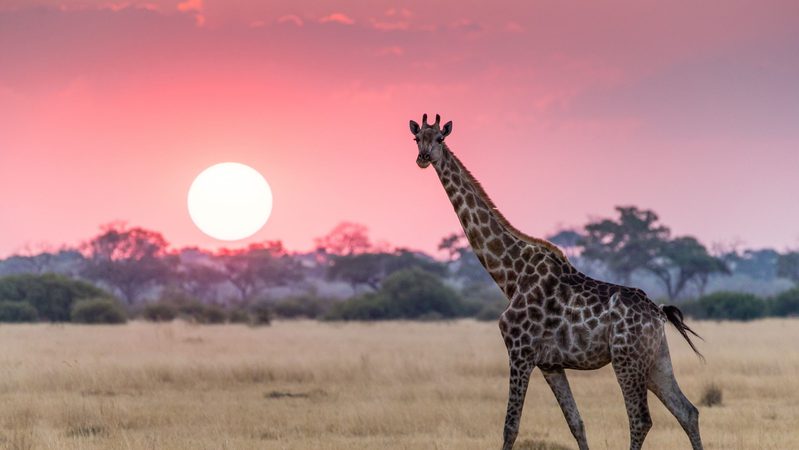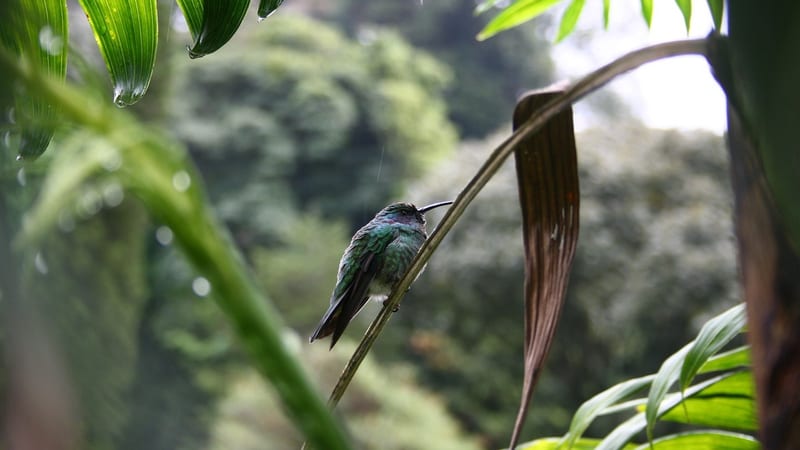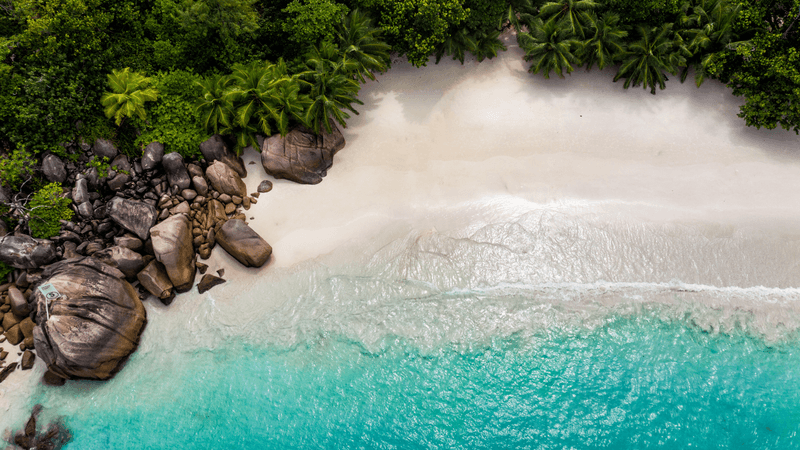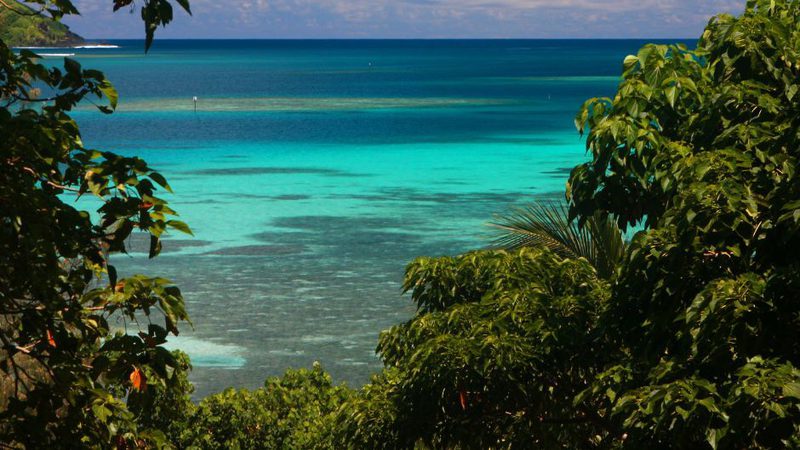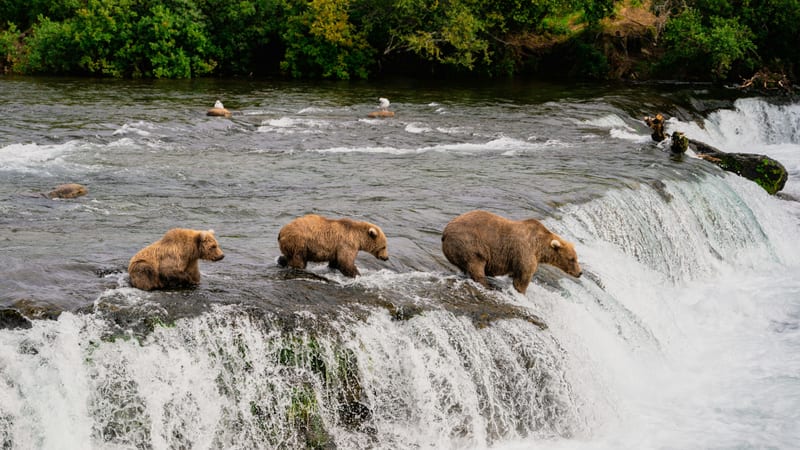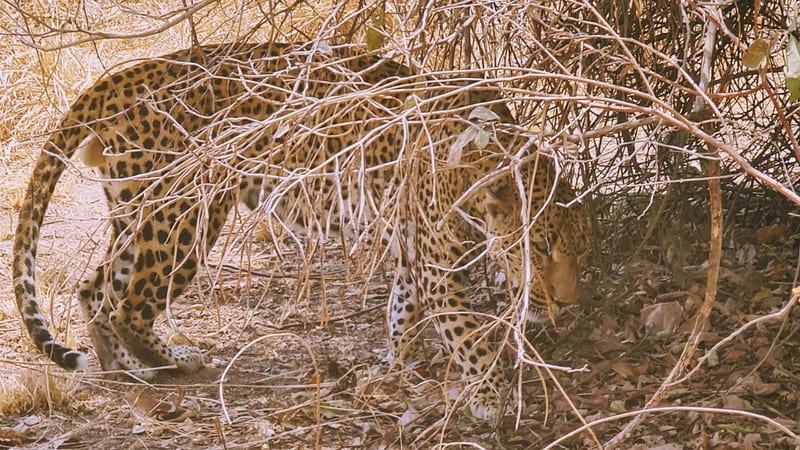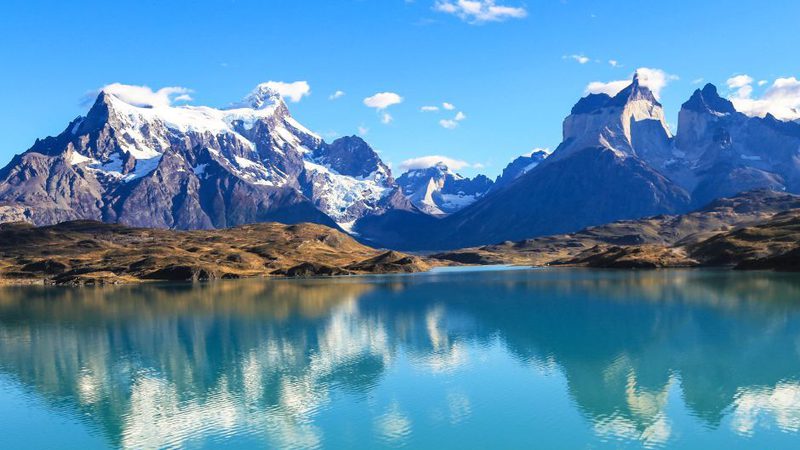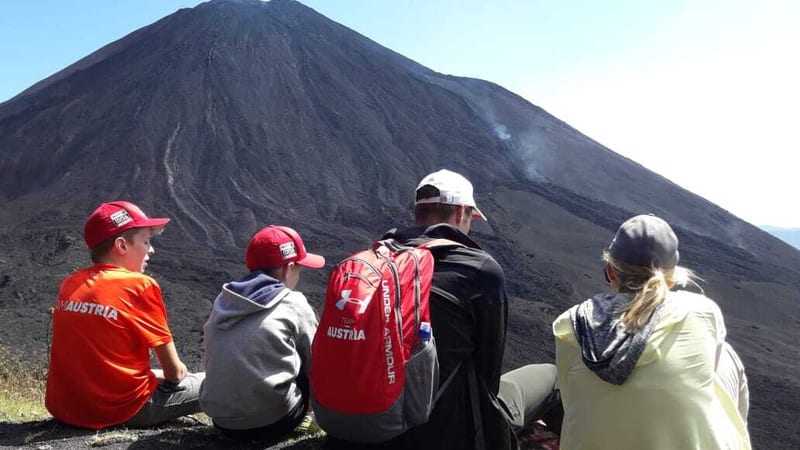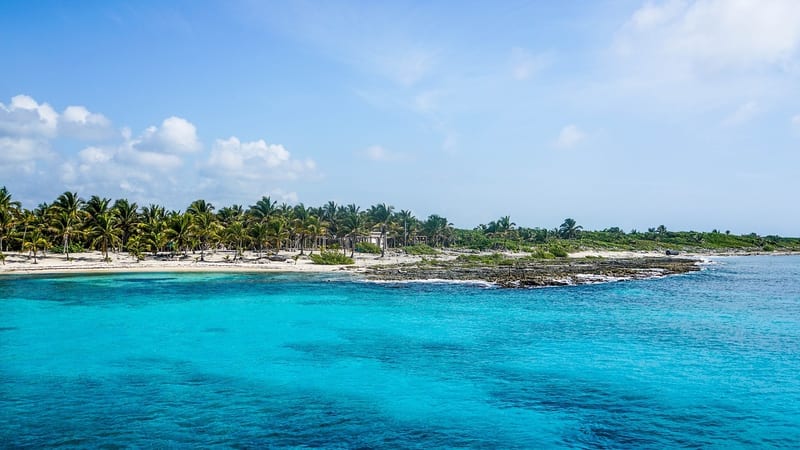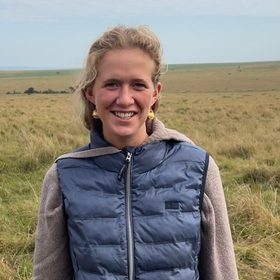Offering stunning views and in close proximity to the Grumeti River, this camp is a must visit
Location: Situated in the remote and scenic Grumeti Wildlife Management Area, right on the border of the iconic Serengeti National Park. Its elevated position atop a hill offers sweeping views of the plains below, and its proximity to the Grumeti River ensure excellent wildlife sightings year-round. Located just a short drive from the Ikoma airstrip, the camp provides convenient access for fly-in safaris, while also remaining secluded enough to deliver an exclusive and immersive bush experience. The camp also sits along the route of the Great Wildebeest Migration, offering guests front-row seats to one of Tanzania's most dramatic spectacles.
Rooms: There are 20 spacious, elevated tented suites, each designed with both comfort and eco-consciousness in mind. The tents are built on wooden platforms and offer en-suite bathrooms, solar-heated showers, and wide verandas that overlook the sweeping savannah. Interiors combine natural materials and modern furnishings, creating a cosy yet redefined atmosphere. Available in single, double, twin, triple and family arrangements, the tents cater to a wide variety of travellers, including couples, families and solo adventurers.
Activities: The camp offers a wide range of wildlife and nature-focused activities designed to enhance guests' safari experience. These include walking safaris that are led by experienced guides and armed rangers, offering a deeper understanding of the ecosystem and its inhabitants. Game drives - both day and night - which are conducted in silent, electric-powered 4x4 vehicles, allowing for low-impact exploration and close encounters with animals. Guests can also enjoy sundowners and bush dinners under the stars.
Sustainability: Sustainability is the heart of Grumeti Hills Camp's philosophy. The camp is entirely solar-powered, from electricity to water heating, significantly reducing its carbon footprint. Innovative rainwater harvesting systems provide a substantial portion of the camp's water needs, and waste is carefully managed to minimise environmental impact. The use of electric safari vehicles not only reduces emissions but also offers a quieter, less intrusive way to observe wildlife. These efforts align with the camp's commitment to conservation and responsible tourism, helping protect the surrounding habitat and local communities.
Best places to stay in Serengeti National Park
Serengeti National Park Trip Inspiration
When to visit Tanzania
Find out the best time to visit Tanzania with our month by month guide.
- Best
- Good
- Mixed
- Jan
- Feb
- Mar
- Apr
- May
- Jun
- Jul
- Aug
- Sep
- Oct
- Nov
- Dec
January
January is mixed when it comes to weather, temperatures rise whilst the chance of rain and humidity increases. It is still a good time to go, as the rates are lower yet the game viewing is still excellent.
- During this time migratory herds are in the Serengeti for calving season, meaning the Ndutu plains are busy.
February
The weather remains hot with a chance of rain in February.
- Meanwhile in the Ndutu Plains the migration is still occurring.
March
March is the calm before the storm, before heavy rains and humidity builds. Visitors can take great advantage of lower rates during the low season.
- Migrating herds start to leave Ndutu, heading West towards Grumeti.
April
April experiences continued periods of heavy rain, we would advise against travel due to the conditions.
May
During may there is periods of heavy rain, we would advise against travel due to the conditions.
June
June heralds the wet season, bringing lush green vegetation which can make spotting game more difficult. It is a particularly great time for birders as parks become populated by migratory birds especially in the South.
- Migration is still in the Grumeti area, heading north.
July
July is the start of peak season, temperatures reach up to 30 degrees and the surrounding land becomes drier and spotting game is becoming easier.
- The migration is in the Northern Serengeti moving towards Kenya.
August
August is peak season, with bush land drying out game spotting becomes much easier. If you want to experience Tanzania game at its best, August is the time to travel.
- The migration still remains in the north.
September
Peak season continues in September, the Northern circuit can be very busy, if you want to avoid crowds it's best to visit the southern parks.
- The end of the migration is still in the north with herds on both side of the Kenyan and Tanzanian borders.
October
Peak season continues into October with good game viewing in the Serengeti and southern parks.
- The migration has now crossed over into Kenya.
November
November is the start of the rainy season, the rains tend to be overnight so it is still a popular time to travel. During this month you can take advantage of low season rates.
- Migration crossing over into the Serengeti can be seen a the Tanzania and Kenya border.
December
Rains continue in December, whilst the temperature and humidity start to build. Venturing out on safari is generally good, with large game still easily spotted.
- Migrating herds in the north travel south back to Ndutu.
Speak to a Tanzania expert today
and start planning your tailor-made holiday

Alistair


